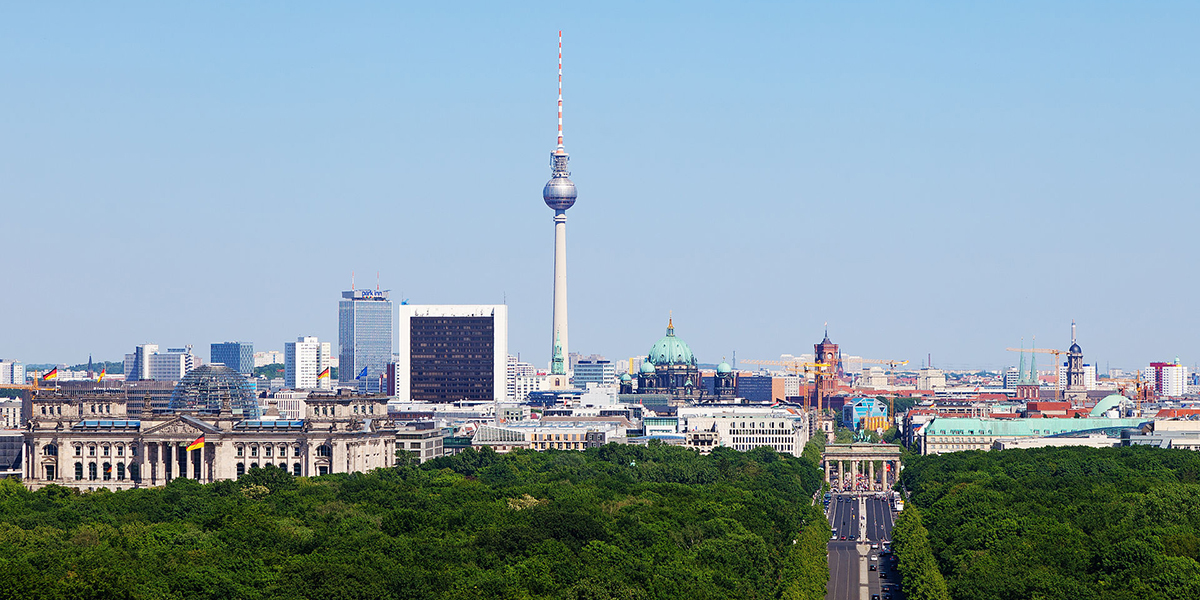Although Baden-Württemberg has been famous for its nice hardworking and ingenious people for quite a long time, it is only a part of its characteristics. Dynamic and comprehensive rich life – that’s what distinguishes the region today. Stuttgart is the capital of Baden-Württemberg, a city with half a million people and one of the most important German metropolises along with Berlin, Munich and Frankfurt. The city is picturesquely situated in the valley of the river Neckar on several hills (not seven as Moscow ), so the streets of Stuttgart are periodically transformed into the sloping stairs – “Shteffel” as they are called here. Stuttgart is also a university center (there are two universities), one of the automotive capitals of Germany (the companies like “Mercedes-Benz” and “Porsche” are located here), a major industrial center. And yet – due to the hilly terrain and mild climate of the valley – there are magnificent vineyards in Stuttgart and especially around the city; not only light, but also dark grapes are ripening here what is a very rare fact for Germany. The pride of Stuttgart is well-known “Trollinger” – the best red wine of Württemberg.
Germans still easy “decode” the name of “Stuttgart”: it means “mare garden”. In fact, not exactly the mare garden but a stud farm: Duke Alemannic Lütolf founded a stud farm in approx. 950 in the area of modern Stuttgart. This is still reminisced on the coat of arms of the city: a black horse on a yellow background.
Over time, the city became the capital of the Kingdom of Württemberg and was holding this status until the second half of the XIX century. Schwabs – the residents of Stuttgart – still behave very independently in relation to all other federal lands; they merely cannot forget the independence and separateness of Baden-Württemberg.



